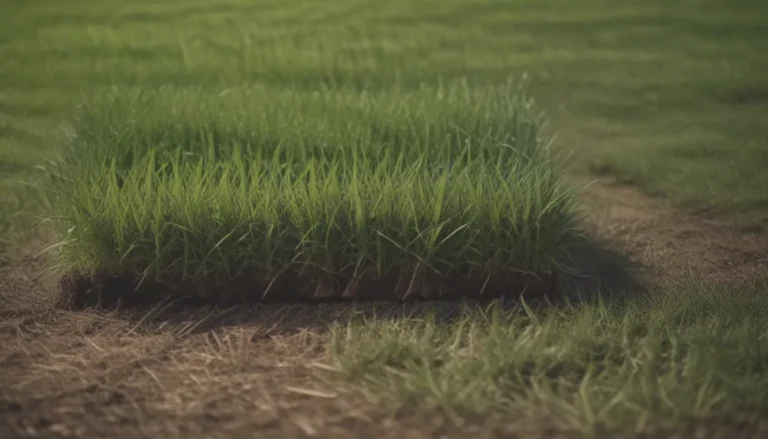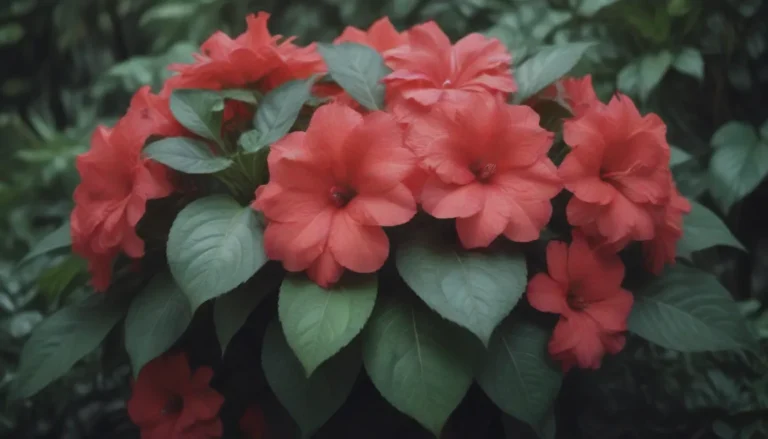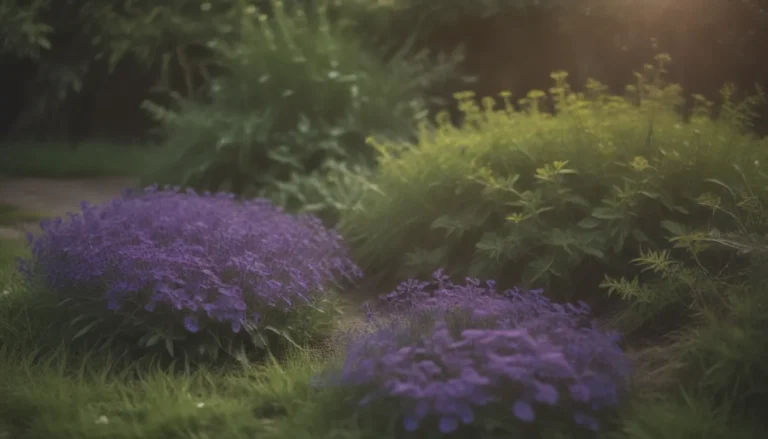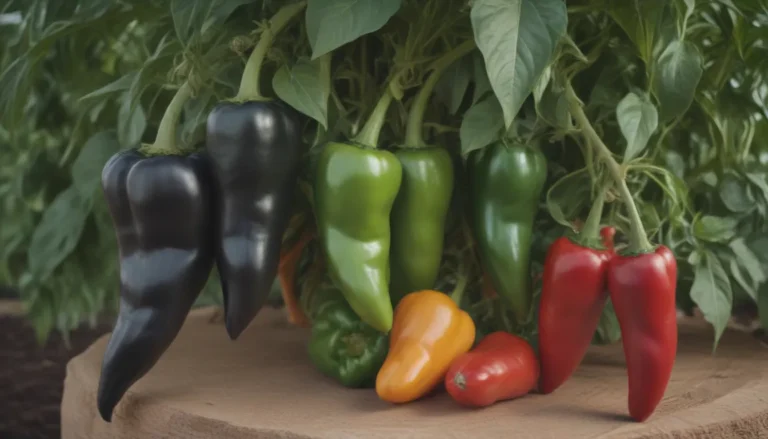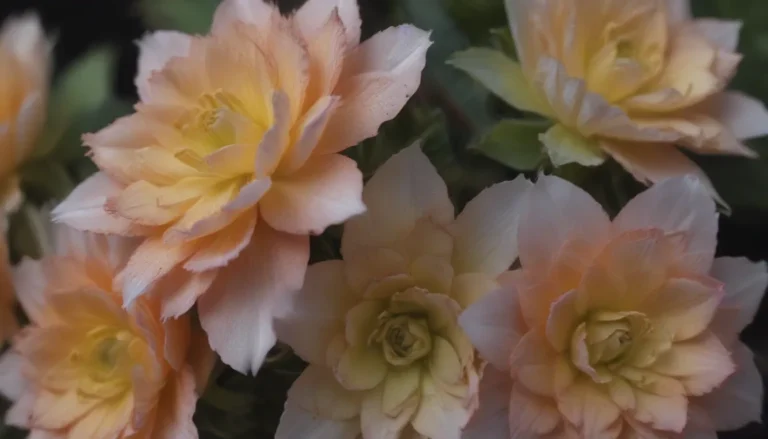The Ultimate Guide to Growing Cactus Plants in Your Garden
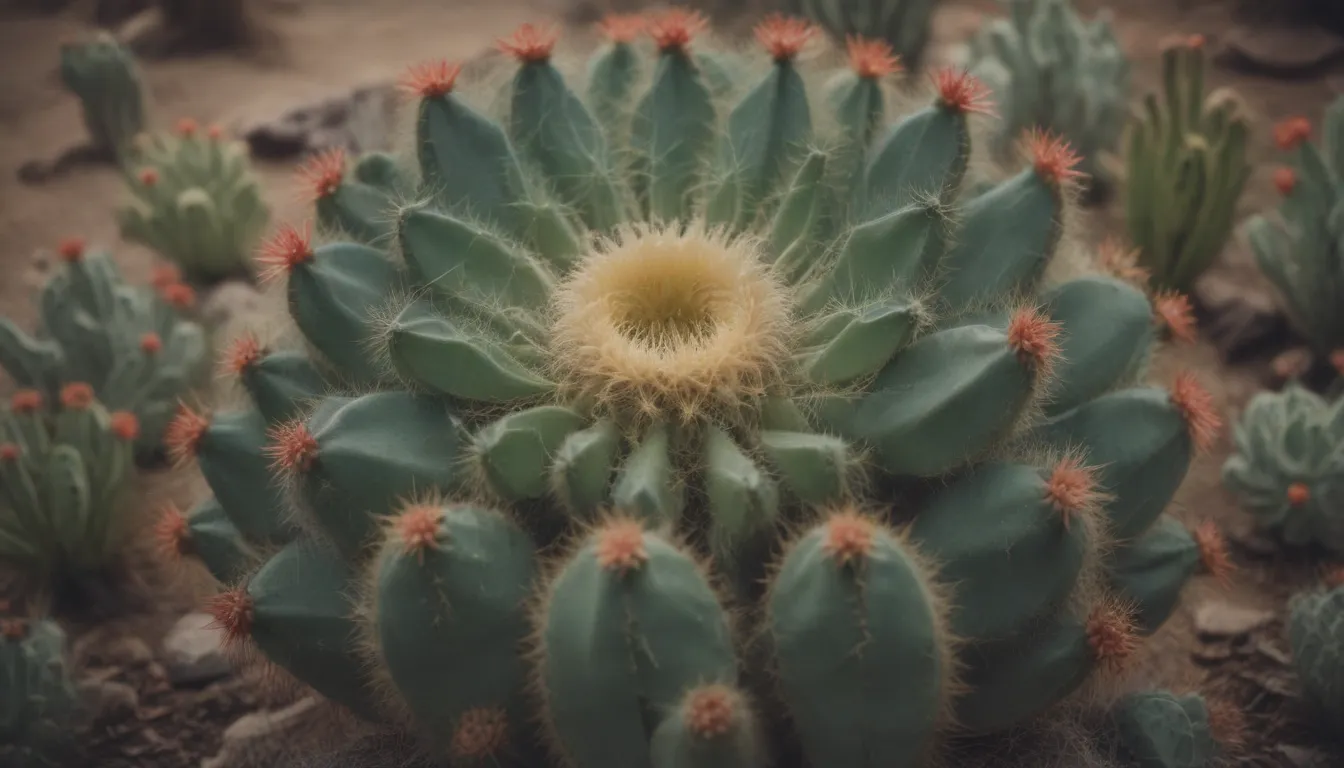
Welcome to the ultimate guide to growing cactus plants in your garden! If you’re looking for a way to incorporate drought-tolerant, low-maintenance plants into your outdoor landscaping, cacti and succulents are the perfect choice. These unique plants not only add a sculptural element to your garden but have also become a popular choice in the world of garden design.
Cacti and succulents are versatile plants that can be easily integrated into various landscaping designs. From containers and raised planting beds to an entire yard, there are endless possibilities for incorporating these plants into your outdoor space. Whether you’re a seasoned gardener or a beginner looking to add some unique plants to your garden, cacti and succulents are a great option.
Why Choose Cacti for Your Garden?
Cacti and succulents have become popular choices for gardeners for several reasons. Here are some benefits of growing cactus plants in your garden:
- Drought-tolerant: Cacti and succulents require minimal water, making them perfect for areas prone to drought.
- Low-maintenance: These plants are easy to care for and require little attention once established.
- Unique shapes and colors: Cacti come in a wide variety of shapes, sizes, and colors, adding visual interest to your garden.
- Edible fruits and pads: Some cacti produce fruits and pads that are not only decorative but also edible, adding a unique culinary element to your garden.
21 Best Cactus Plants for Your Garden
Here are 21 attractive and popular cacti that you can grow in your landscape design:
1. Beavertail Cactus (Optunia basilaris)
- USDA Growing Zones:
- Color Varieties:
- Sun Exposure:
- Soil Needs:
Beavertail cactus is a prickly pear cactus with blue-green pads and dark cherry pink flowers. It’s ideal for desert landscaping and drought-tolerant gardens.
2. Blue Flame Cactus (Myrtillocactus geometrizans)
- USDA Growing Zones:
- Color Varieties:
- Sun Exposure:
- Soil Needs:
Blue flame cactus is known for its upright candelabra shape, blue-green color, and purple fruit. It’s a striking addition to any garden.
3. Candelabra Cactus (Myrtillocactus cochal)
- USDA Growing Zones:
- Color Varieties:
- Sun Exposure:
- Soil Needs:
Candelabra cactus can reach about 10 feet tall and wide, with cup-shaped flowers that open during the day. It’s perfect for xeriscape and rock gardens.
4. Claret Cup Cactus (Echinocereus triglochidiatus)
- USDA Growing Zones:
- Color Varieties:
- Sun Exposure:
- Soil Needs:
Claret cup cactus produces juicy fruit that tastes like strawberries and turns bright orange when ripe. It pairs well with sage, poppies, and yucca in landscaping designs.
5. Golden Ball Cactus (Parodia leninghausii)
- USDA Growing Zones:
- Color Varieties:
- Sun Exposure:
- Soil Needs:
Golden ball cactus grows in clusters and is a great choice for fire-resistant landscaping. It’s an excellent option for beginners in cactus gardening.
6. Golden Barrel Cactus (Echinocactus grusonii)
- USDA Growing Zones:
- Color Varieties:
- Sun Exposure:
- Soil Needs:
Golden barrel cactus is easily recognizable and popular in drought-tolerant areas. It’s a visually striking choice for landscape design.
7. Strawberry Hedgehog Cactus (Echinocereus engelmanii)
- USDA Growing Zones:
- Color Varieties:
- Sun Exposure:
- Soil Needs:
Strawberry hedgehog cactus is a small cactus with ornamental spines. It looks attractive in rock and drought-tolerant gardens.
8. Mexican Fence Post Cactus (Pachycereus marginatus)
- USDA Growing Zones:
- Color Varieties:
- Sun Exposure:
- Soil Needs:
Mexican fence post cactus can grow up to 16 feet high and is used as a living fence in Mexico. It’s a showy columnar cactus that adds drama to any garden.
Stay tuned for more information on the best cactus plants to grow in your garden!
As we continue to explore the best cactus plants to grow in your garden, you’ll learn about a wide variety of options for adding these unique and fascinating plants to your outdoor space. Cacti and succulents are not only beautiful additions to any garden but also practical choices for those looking to conserve water and create a low-maintenance landscape. Whether you’re a seasoned gardener or a novice looking to try something new, cactus plants offer endless possibilities for creativity and design in your outdoor space.
So, grab your gardening gloves and get ready to transform your garden with these stunning cactus plants!
9. Mammillaria Polyedra
- USDA Growing Zones:
- Color Varieties:
- Sun Exposure:
- Soil Needs:
Mammillaria polyedra is a unique cactus that forms dense clusters and pairs well with other tall cacti, succulents, and native plants. It prefers bright, indirect light.
10. Old Man Cactus (Cephalocereus senilis)
- USDA Growing Zones:
- Color Varieties:
- Sun Exposure:
- Soil Needs:
Old man cactus is a popular choice for its tall, columnar growth and long, woolly hair. It’s a striking addition to drought-tolerant gardens and looks great in clusters or as focal points.
11. Orchid Cactus (Epiphyllum hybrids)
- USDA Growing Zones:
- Color Varieties:
- Sun Exposure:
- Soil Needs:
Orchid cacti are known for their stunning blooms and are often grown in hanging baskets. They make a beautiful addition to any garden and are easy to care for.
12. Organ Pipe Cactus (Lemaireocereus thurberi)
- USDA Growing Zones:
- Color Varieties:
- Sun Exposure:
- Soil Needs:
Organ pipe cactus resembles old-fashioned organ pipes and adds a unique element to any garden. It’s perfect for courtyard patios and raised planters.
13. Peanut Cactus (Chamaecereus silvestrii)
- USDA Growing Zones:
- Color Varieties:
- Sun Exposure:
- Soil Needs:
Peanut cactus is a low-growing, cylindrical plant that produces vase-shaped blooms. It thrives in shallow containers and rock gardens.
14. Prickly Pear Cactus (Opuntia ficus-indica)
- USDA Growing Zones:
- Color Varieties:
- Sun Exposure:
- Soil Needs:
Prickly pear cactus is easily identifiable by its red or yellow fruits and is a great addition to meadow or prairie-themed gardens. It requires minimal maintenance and does not need fertilizing.
15. Rat Tail Cactus (Aporocactus flagelliformis)
- USDA Growing Zones:
- Color Varieties:
- Sun Exposure:
- Soil Needs:
Rat tail cactus is best grown as a hanging plant and adds a whimsical touch to any outdoor space. It’s easy to care for and prefers afternoon shade.
Ready to learn more about the best cactus plants to grow in your garden? Keep reading for more information and inspiration for transforming your outdoor space with these unique and fascinating plants!
As we delve deeper into the world of cactus plants, you’ll discover a wide range of options for incorporating these unique and fascinating plants into your garden. From low-growing varieties to tall, columnar cacti, there is something for every gardener’s taste and style. Whether you’re looking to create a desert-inspired landscape or simply add a touch of whimsy to your outdoor space, cactus plants offer endless possibilities for creativity and design. So, let’s continue our exploration of the best cactus plants for your garden!
16. Saguaro (Carnegiea gigantea)
- USDA Growing Zones:
- Color Varieties:
- Sun Exposure:
- Soil Needs:
Saguaro plants are tall and branching, making them a standout feature in any garden. They are slow growers and require protection from extreme cold temperatures.
17. Silver Torch Cactus (Cleistocactus strausii)
- USDA Growing Zones:
- Color Varieties:
- Sun Exposure:
- Soil Needs:
Silver torch cactus is a slender columnar plant with unique tubular blooms. It pairs well with succulents and drought-tolerant plants for a stunning display.
18. Star Cactus (Astrophytum ornatum)
- USDA Growing Zones:
- Color Varieties:
- Sun Exposure:
- Soil Needs:
Star cactus is a tall cactus with striking yellow-brown spines and shiny yellow flowers. It’s a standout plant that adds visual interest to any garden.
19. Totem Pole Cactus (Lophocereus schotti forma monstrosus)
- USDA Growing Zones:
- Color Varieties:
- Sun Exposure:
- Soil Needs:
Totem pole cactus is known for its knobby shape and sculptural appearance. It’s a great choice for adding a bold accent to your garden.
20. Turk’s Cap Cactus (Melocactus matanzanus)
- USDA Growing Zones:
- Color Varieties:
- Sun Exposure:
- Soil Needs:
Turk’s cap cactus is a unique, high-maintenance plant that requires regular watering. It thrives in rocky hillsides and rock gardens.
21. Teddy Bear Cholla Cactus (Cylindropuntia bigelovii)
- USDA Growing Zones:
- Color Varieties:
- Sun Exposure:
- Soil Needs:
Teddy bear cholla cactus is a tree-like plant with golden spines that add a touch of warmth to any garden. It pairs well with desert shrubs and wildflowers.
In conclusion, growing cactus plants in your garden is a fun and rewarding experience. With their unique shapes, colors, and textures, cacti and succulents add a touch of whimsy and character to any outdoor space. Whether you’re looking to create a desert-themed landscape or simply add a pop of color to your garden, cactus plants offer endless possibilities for creativity and design. So, roll up your sleeves, grab your gardening gloves, and get ready to transform your garden with these stunning and fascinating plants!

